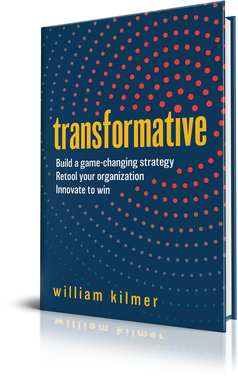Next Concept: Intentionality
Creating a Transformative AdvantageThe most effective way for companies to create category-creating solutions is by focusing first on innovating customer outcomes, which reveals innovation options beyond the product itself and results in a change in customer priorities that changes the dynamics of the market. Structural innovation, which includes innovating company capabilities and thinking outside the industry framework, supports and improves outcomes and reinforces advantages, creating a transformative advantage.
|
